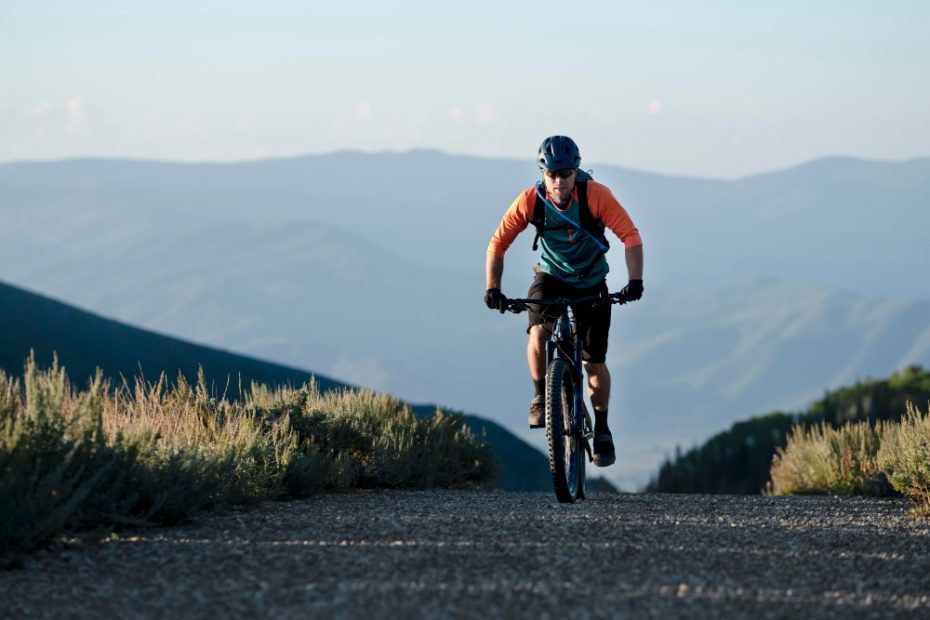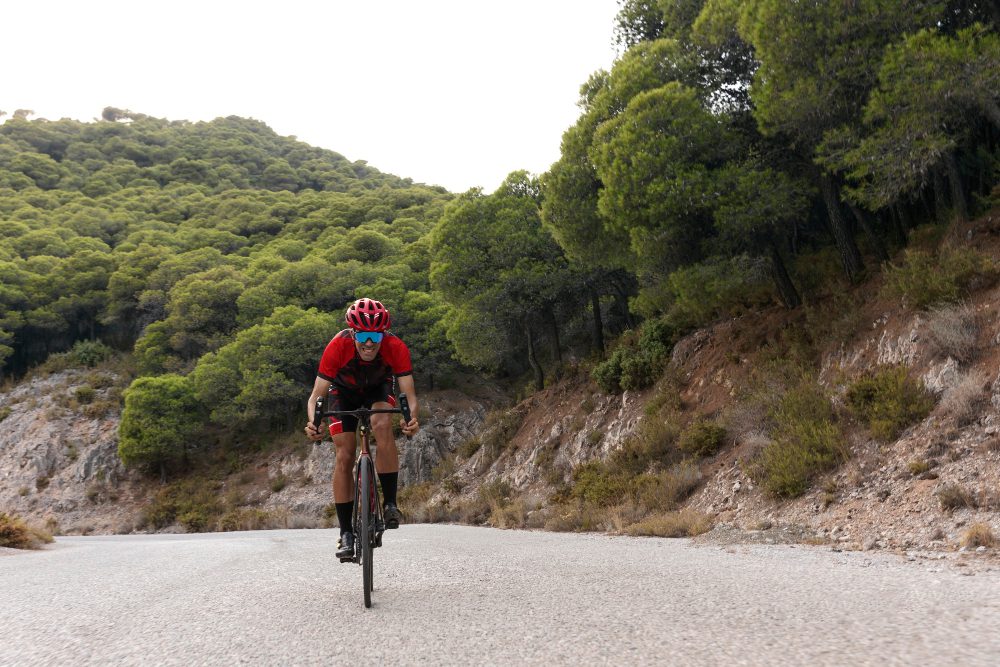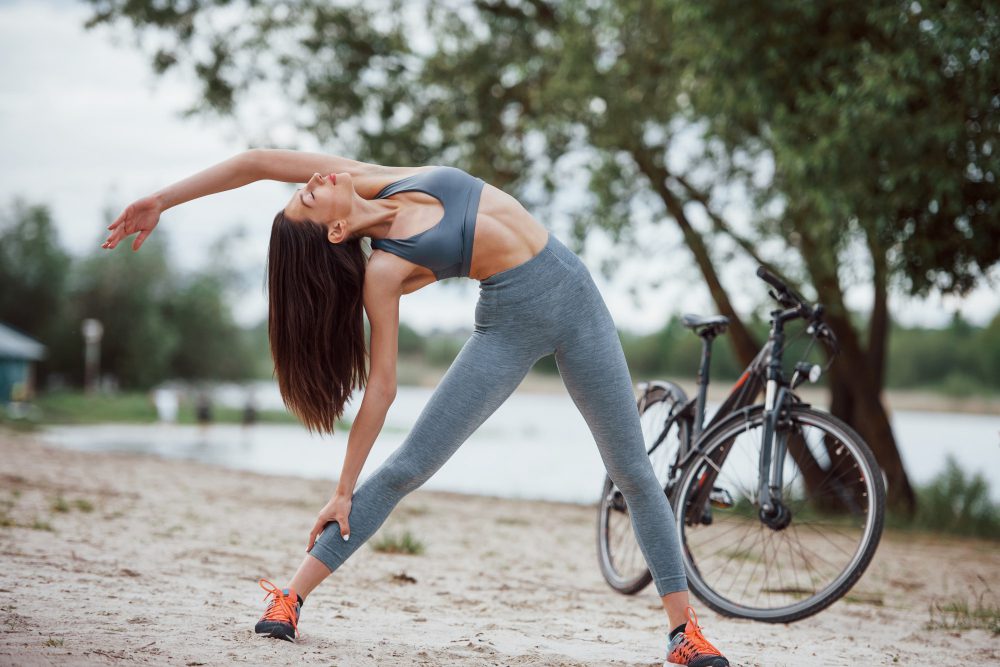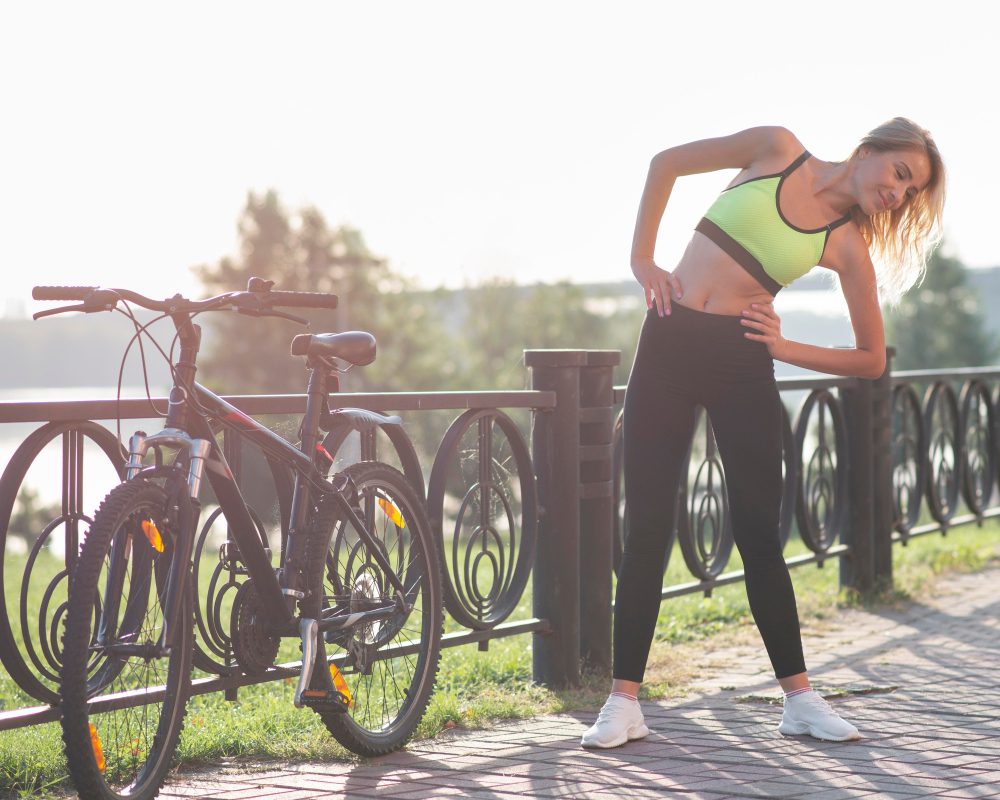How do cyclists keep their feet warm?
As the temperature drops and winter sets in, cyclists face the challenge of keeping their feet warm during their rides. Cold feet can not only be uncomfortable but also impact a cyclist’s performance and enjoyment. Thankfully, there are various strategies and products that cyclists can use to protect their feet from the cold.
Choosing the Right Footwear
One of the most important factors in keeping feet warm while cycling is choosing the right footwear. Insulated and waterproof cycling shoes or shoe covers are essential for preventing cold air and moisture from seeping in. Many cyclists opt for neoprene shoe covers or booties, which provide excellent insulation and can be easily slipped on over their regular cycling shoes.
Layering Socks
Layering socks is another effective approach to keep feet warm while cycling. Wearing two pairs of socks with moisture-wicking properties can help maintain warmth by creating an insulating layer of air between the layers. It’s important to ensure that the socks are not too tight, as this can restrict blood flow and lead to cold feet.
Using Toe Warmers
Toe warmers, also known as foot warmers, are adhesive pads that can be placed on top of or under the toes inside the cycling shoes. These disposable warmers generate heat when exposed to air and can provide hours of warmth. They are particularly useful for longer rides in extremely cold conditions.
Insulating Insoles
Another effective way to combat the cold is by using insulating insoles. These specially designed insoles provide extra insulation and cushioning, keeping feet warm and comfortable. Some insoles even have heating elements for additional warmth. It’s essential to choose insoles that fit well and do not cause any discomfort.
Proper Layering and Ventilation
In addition to specific footwear and accessories, proper layering and ventilation play a crucial role in keeping feet warm. Wearing thermal or wool socks as the base layer helps retain heat. Adding a windproof and breathable shoe cover on top can help block the cold air while allowing moisture to escape, preventing sweat from making feet damp and cold.
Tip: Remember to adjust the layers according to the weather conditions and your personal comfort. What works for mild winter days might not be sufficient during freezing temperatures.
Additional Tips and Tricks
Here are a few extra tips and tricks to keep your feet warm during winter rides:
- Warm up your shoes before your ride by placing them near a heater or using a shoe dryer.
- Avoid cotton socks as they tend to hold moisture and can make your feet colder.
- Maintain good circulation by wiggling your toes periodically.
- If your feet do get cold during a ride, try flexing your ankles or standing up on your pedals to increase blood flow.
- Consider using chemical toe warmers or heated insoles for extreme cold conditions.
By following these tips and investing in the right gear, cyclists can ensure that their feet stay warm and comfortable throughout the colder months. Cold feet no longer have to hinder cycling enjoyment or performance.
How do I keep my legs warm cycling?
1. Dress in layers
One of the best ways to keep your legs warm while cycling is to dress in layers. Start with a base layer made of moisture-wicking fabric to keep your skin dry. Add an insulating layer, such as fleece or wool, for added warmth. Finally, wear a windproof and water-resistant outer layer to protect against the elements.
2. Choose the right tights
Investing in a good pair of cycling tights can make a big difference in keeping your legs warm. Look for tights made of thermal or insulated materials that provide both insulation and breathability. Consider wearing bib tights for added coverage and to prevent them from slipping down during your ride.
3. Wear leg warmers or knee warmers
If you prefer not to wear full-length tights, leg warmers or knee warmers are a great alternative. These are typically made of stretchy, thermal fabric and can easily be rolled up or down depending on the temperature. Pair them with shorts or cycling bibs for added flexibility.
4. Protect your extremities
While focusing on keeping your legs warm, don’t forget about your feet and hands. Wearing thermal socks and gloves will ensure that your extremities stay warm and comfortable throughout your ride. Consider investing in shoe covers or toe warmers to protect your feet from cold winds and rain.
5. Keep moving
Remember to keep pedaling and maintain a steady pace during your ride. The movement will generate heat and help keep your whole body warm, including your legs. Avoid stopping for extended periods as it can cause your body temperature to drop.
6. Use heat packs
If you’re cycling in extremely cold conditions, consider using heat packs to provide extra warmth. These small packs can be attached to your legs or inserted into your shoes or gloves to provide instant heat. Just make sure to follow the instructions and avoid direct contact with your skin.
7. Pay attention to your nutrition
Eating a warm meal or snack before your ride can help to raise your body temperature and keep you feeling warmer throughout your cycling session. Opt for foods that are rich in carbohydrates and protein to provide sustained energy and aid in keeping your body warm.
8. Plan your routes wisely
In colder weather conditions, it’s important to plan routes that are sheltered from strong winds or exposed areas. Riding in areas with natural barriers, such as trees or buildings, can help to reduce wind chill and keep your legs protected from cold gusts.
9. Consider thermal leg warmers
If you frequently cycle in cold temperatures, investing in thermal leg warmers can be a worthwhile option. These are specifically designed to provide maximum insulation and protection against the cold. They easily slide over your cycling tights or shorts and can be removed if the weather warms up.
10. Stay hydrated
Even though it may not be as noticeable as during hot weather, staying hydrated is still essential during cold-weather rides. Dehydration can affect your body’s ability to regulate temperature and make you more susceptible to the cold. Remember to drink water regularly throughout your ride, even if you don’t feel as thirsty.
“Cycling in colder weather can be enjoyable as long as you dress appropriately to keep your legs warm. Layering your clothing, choosing the right tights or warmers, and protecting your extremities are key to a comfortable and enjoyable ride.” – Cycling Enthusiast



